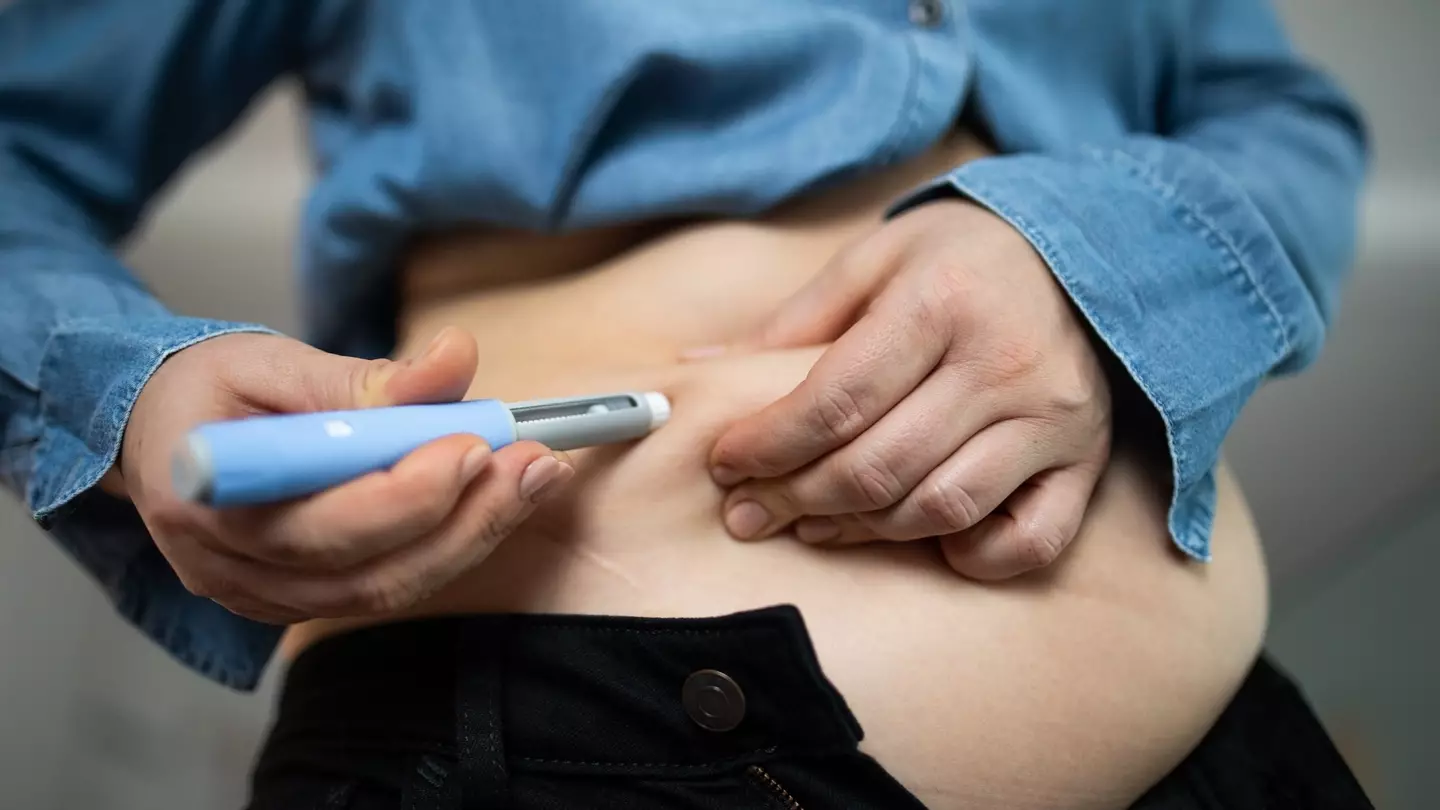


Looking to the past could help us decipher how mandatory military service could possibly work these days - hypothetically, of course

A scientist has noticed something unusual about the comet as it comes closer
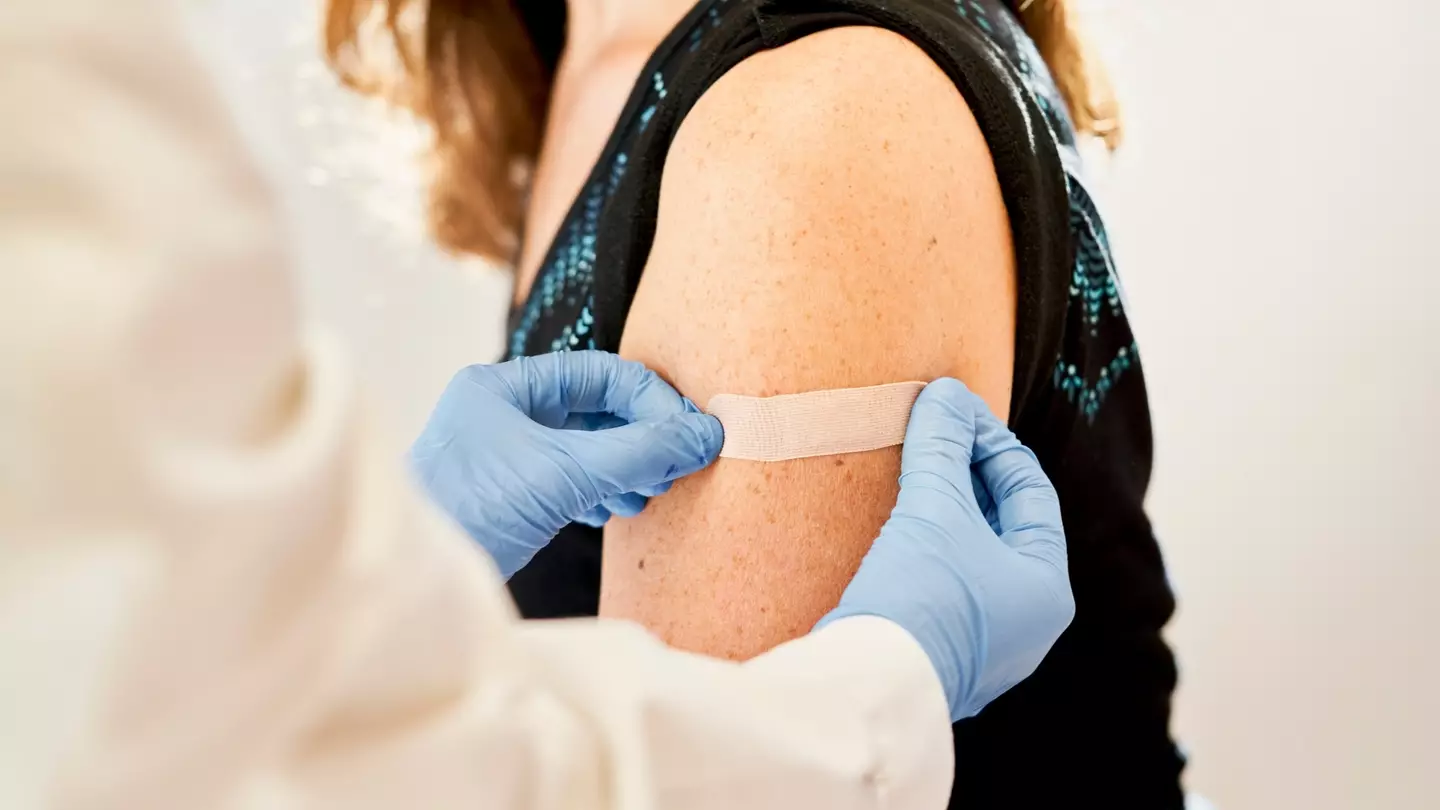
Over five years on from the pandemic, a huge study into the Covid vaccine has been revealed

Their research found the two times where you start getting significantly older

Whether you're in the market for a Tesla or just having a nosey, this creator has done the hard work for you

Antiques Roadshow expert Andy McConnell was 'oblivious' to the danger before social media users informed him

The latest images were released yesterday
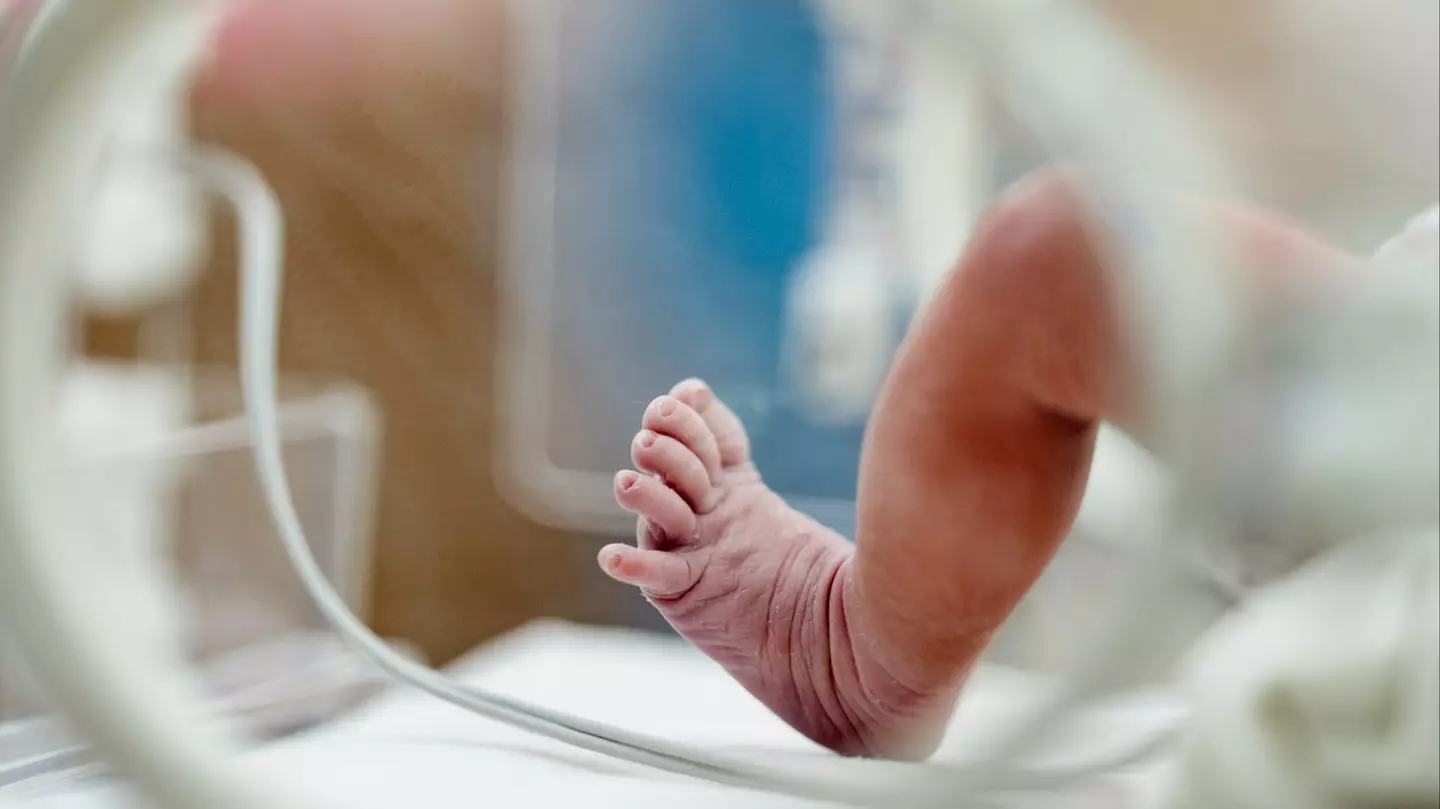
Some monikers have made their debut this year, while others have returned after years away

There have been many possible explanations, but one is particularly unsettling - especially today

The sports pundit has spoken out about her nightmare ordeal for the first time

The energy price cap is set to rise next year
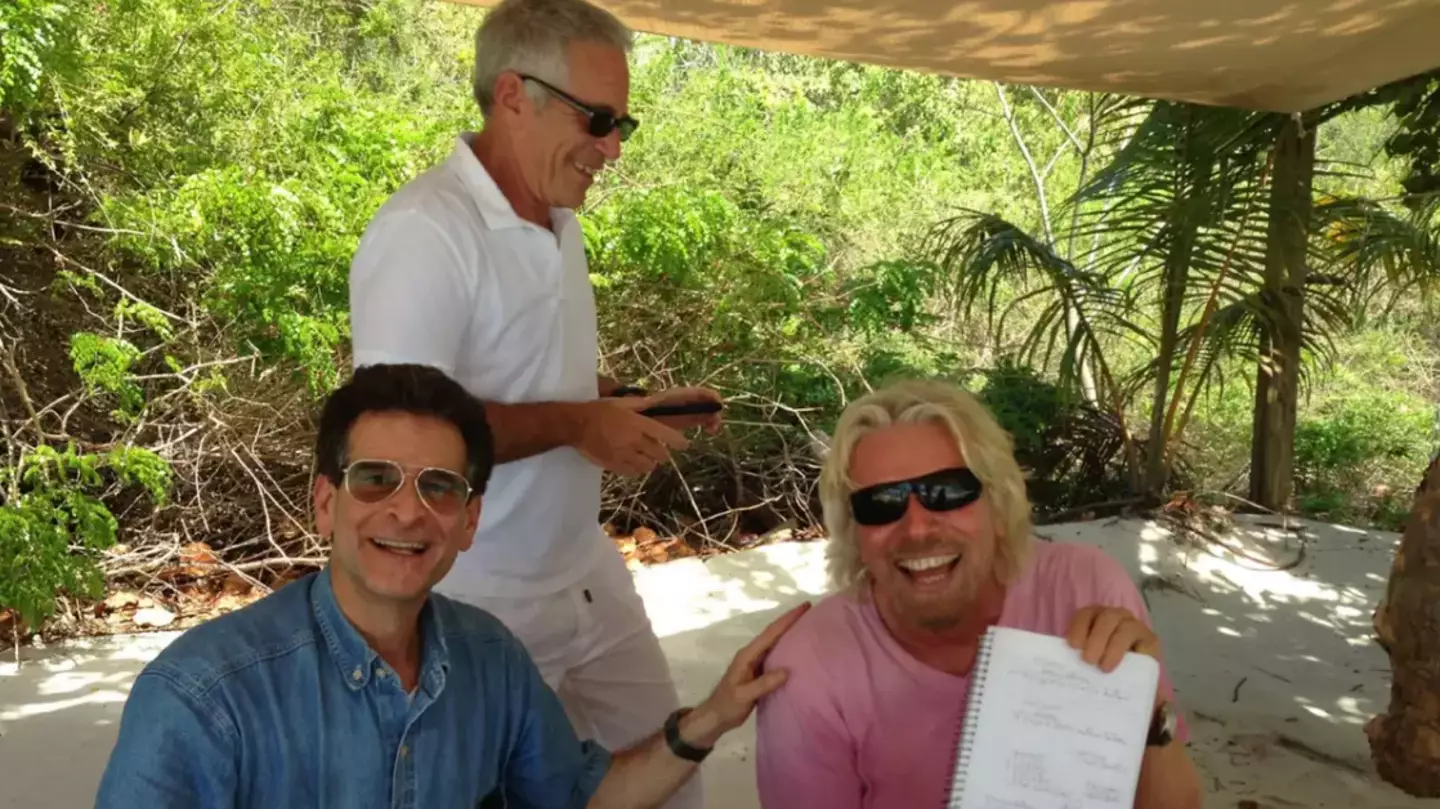
People reckon the devil really is in the details with these photos
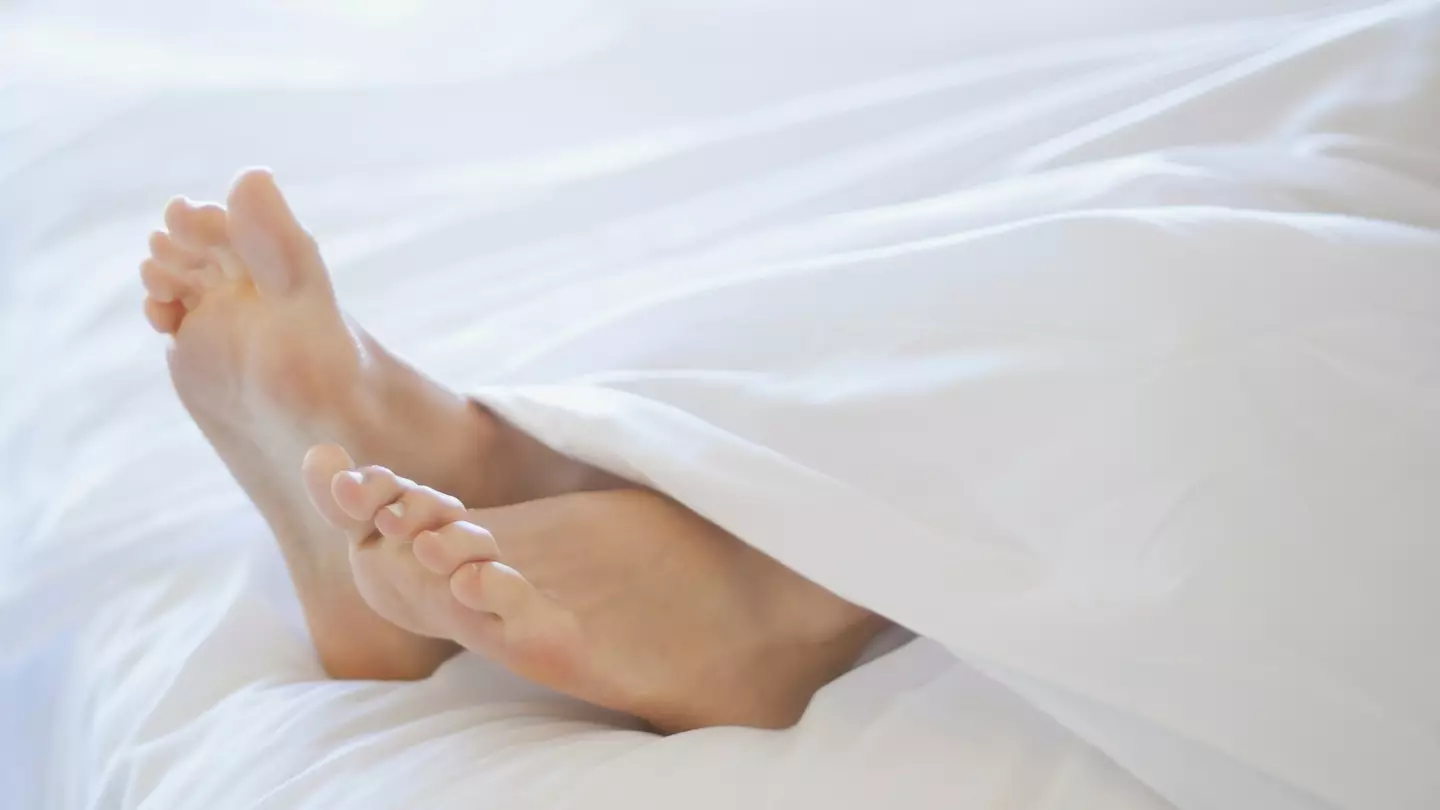
The body goes through a process called 'deconditioning'

The King addressed the UK and provided a rare update on his cancer treatment

He appears in a number of the images, including Trump brand condoms

The Great North African Eclipse will see the Earth plunged into darkness as the moon completely eclipses the sun for more than six minutes
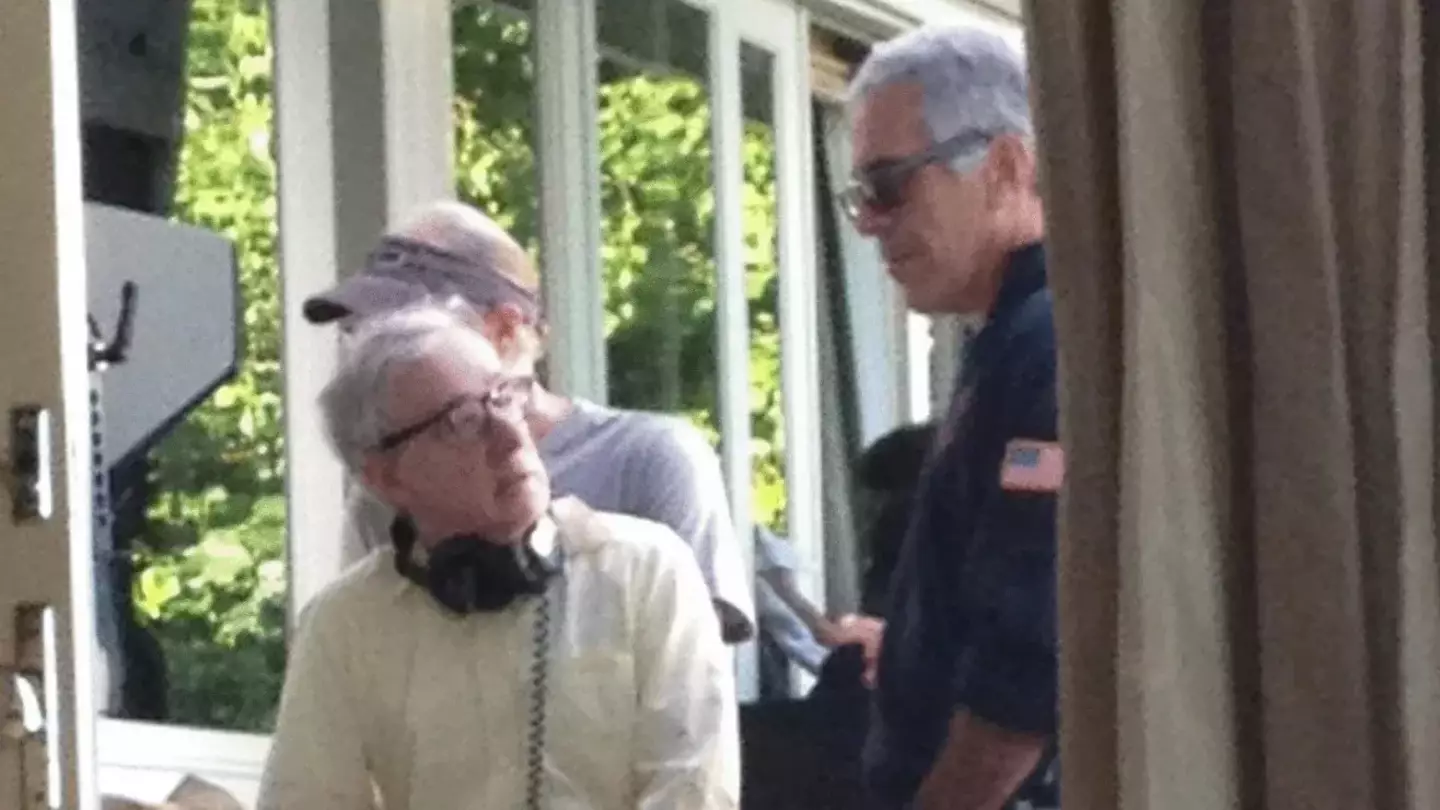
A number of celebrities have been pictured in newly released images alongside Jeffrey Epstein

Electric cars are cheaper to maintain than petrol cars but are they cheaper to charge?

One to bear in mind the next time you're there

Here are your compensation rights if you've been affected by Virgin Media being down
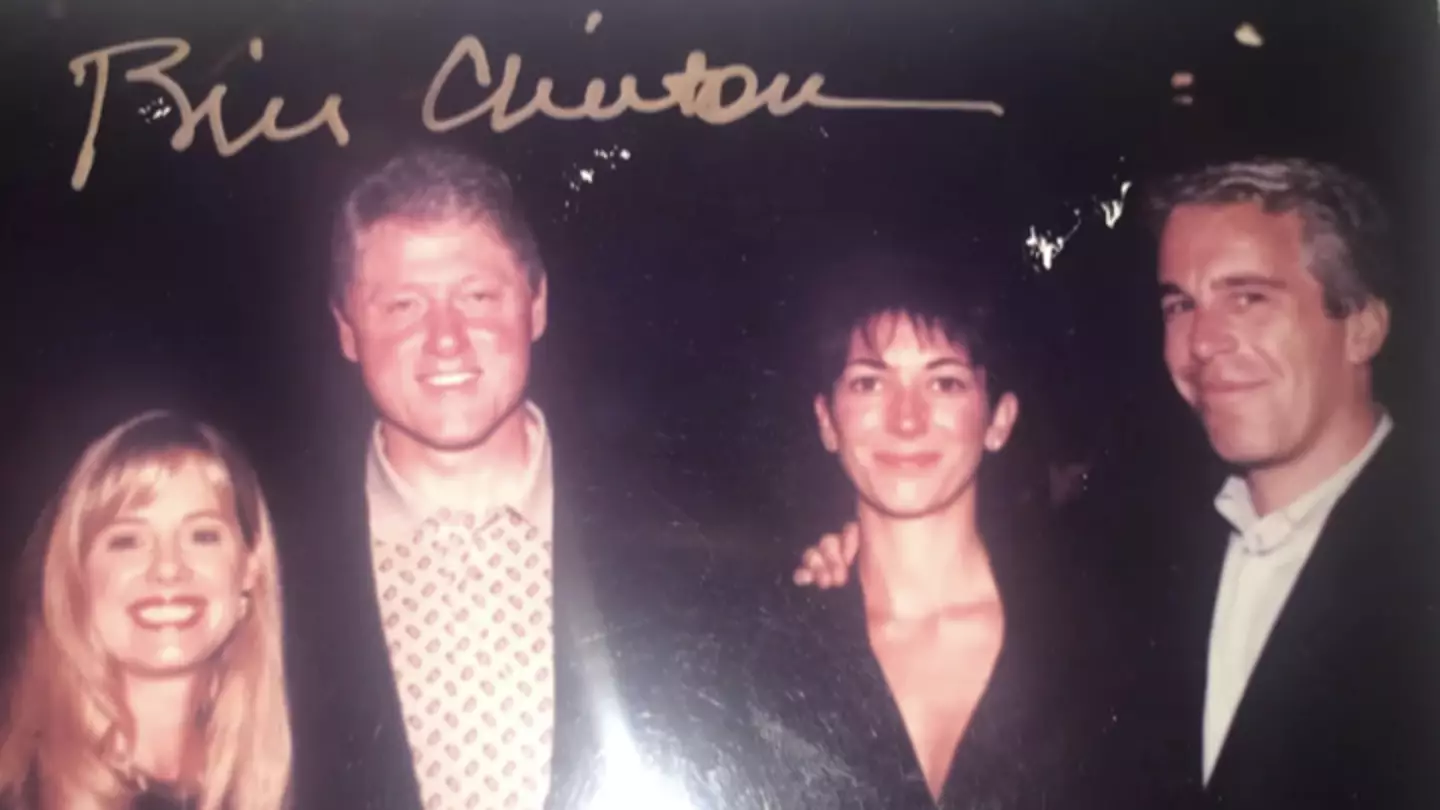
There are plenty of recognisable faces among the new releases

Healthier than smoking doesn't mean it's without risk

Alicia Kemp collided with father-of-two Thanh Phan while riding an e-scooter under the influence of alcohol




